Triangle Breathing: De-stress and Sleep
Triangle breathing, a powerful breathwork technique, has gained significant attention for its potential to reduce stress and enhance performance. This method encompasses two main variations: the equilateral triangle (with equal inhales, breath holds, and exhales) and the right-angle triangle (with varying durations for each phase). Let's explore the science behind these techniques and their potential benefits.
Understanding Triangle Breathing
Equilateral Triangle Breathing
This technique involves equal phases of:
- Inhale (4-5 seconds)
- Hold (4-5 seconds)
- Exhale (4-5 seconds)
The 4-4-4 or 5-5-5 pattern creates a balanced, rhythmic breathing cycle that can help regulate the nervous system. [1]
Right-Angle Triangle Breathing
This variation includes:
- Short inhale
- Longer breath hold
- Even longer exhale
A popular example is the 4-7-8 breathing technique, where you inhale for 4 seconds, hold for 7 seconds, and exhale for 8 seconds.
The Science Behind Triangle Breathing
Research suggests that structured breathing patterns like triangle breathing can:
- Engage the vagus nerve, potentially shifting the body from "fight-or-flight" to "rest-and-digest" mode. [1]
- Influence heart rate variability (HRV), a key marker of autonomic nervous system function. [2]
- Reduce reported anxiety and physiological markers of stress. [3]
Potential Benefits
Stress Management
Slow, deep breathing techniques have been associated with reduced physiological stress markers. The extended exhale in right-angle triangle breathing may be particularly effective in activating the parasympathetic nervous system. [3] In a recent study of medical students at the University of Arizona, participating in mindfulness-based techniques (including 4-7-8 breathing) were associated with decreased stress. In particular, students who participated in the activities were 16 times more likely to experience decreased stress than those who did not participate. Furthermore, the most practiced mindfulness activity was 4-7-8 breathing and was the one that students said they were most likely to use in the future. [4]
Sleep Quality
According to a CNN Health interview with Rebecca Robbins, an instructor at Harvard Medical School and sleep scientist at Brigham and Women’s Hospital in Boston, exercises like the 4-7-8 technique give you the opportunity to practice something peaceful when your mind is buzzing and you’re having trouble falling asleep. Research on the 4-7-8 method, in particular, is often recommended for promoting better sleep. [2,5]
Blood Pressure Regulation
Some evidence suggests that slow breathing exercises might influence blood pressure. A study on 4-7-8 breathing found potential benefits for lowering resting heart rate after exercise in healthy young adults. [6]
Emotional Regulation
Breathing exercises may play a role in emotional regulation strategies. The structured nature of breathwork that includes breath holds, such as those in triangle breathing, can help individuals gain control over their emotional responses. [7]
How to Practice
- Find a comfortable seated position.
-
For equilateral triangle breathing (4-4-4):
- Inhale through your nose for 4 seconds
- Hold your breath for 4 seconds
- Exhale slowly for 4 seconds
-
For right-angle triangle breathing (4-7-8):
- Inhale through your nose for 4 seconds
- Hold your breath for 7 seconds
- Exhale slowly through pursed lips for 8 seconds
- Repeat for 5-10 cycles
Incorporating Technology
While traditional breathwork is effective, biofeedback devices like Breth can enhance your practice by:
- Maintaining consistent breathing rhythms
- Tracking physiological responses to make recommendations
- Customizing inhale, exhale and breathholding ratios as you progress
Check out Breth’s equilateral and right-angle triangle breathing to get the most out of your practice.
Conclusion
Triangle breathing, whether in its equilateral or right-angle form, offers a simple yet powerful tool for stress management and performance enhancement. As research continues to unveil its benefits, incorporating this technique into your daily routine could be a significant step towards improved well-being and cognitive function.
Remember to consult with a healthcare professional before making significant changes to your wellness routine, especially if you have any underlying health conditions.
Citations
- Saoji AA, Raghavendra BR, Manjunath NK. Effects of yogic breath regulation: A narrative review of scientific evidence. J Ayurveda Integr Med. 2019 Jan-Mar;10(1):50-58. doi: 10.1016/j.jaim.2017.07.008. Epub 2018 Feb 1. PMID: 29395894; PMCID: PMC6470305.
- Vierra J, Boonla O, Prasertsri P. Effects of sleep deprivation and 4-7-8 breathing control on heart rate variability, blood pressure, blood glucose, and endothelial function in healthy young adults. Physiol Rep. 2022 Jul;10(13):e15389. doi: 10.14814/phy2.15389. PMID: 35822447; PMCID: PMC9277512.
- Aktaş GK, İlgin VE. The Effect of Deep Breathing Exercise and 4-7-8 Breathing Techniques Applied to Patients After Bariatric Surgery on Anxiety and Quality of Life. Obes Surg. 2023 Mar;33(3):920-929. doi: 10.1007/s11695-022-06405-1. Epub 2022 Dec 8. PMID: 36480101.
- Nielsen, C., Katz, S., Parker, M., Trefsgar, J., Bcharah, H., Kalin, J., Delavary, D., Brunk-Grady, M., & Jaqua, B. (2023). A student-driven mindfulness curriculum for first-year osteopathic medical students: a pilot study. Journal of Osteopathic Medicine, 123(10), 485-492. https://doi.org/10.1515/jom-2022-0246
- Eskici İlgin, V., & Yayla, A. (2023). Effect of the 4-7-8 breathing technique on pain level and sleep quality of patients after laparoscopic bariatric surgery: A randomized controlled study. Bariatric Surgical Practice and Patient Care, 18(3), 225–232.
- Buxton JD, Grose HM, DeLuca JD, Donofrio TP, LePre VR, Parrish CW, Gerhart HD, Prins PJ. The Effects of Slow Breathing during Inter-Set Recovery on Power Performance in the Barbell Back Squat. J Hum Kinet. 2024 May 17;93:93-103. doi: 10.5114/jhk/185935. PMID: 39132422; PMCID: PMC11307190.
- Saoji AA, Raghavendra BR, Rajesh SK, Manjunath NK. Immediate Effects of Yoga Breathing with Intermittent Breath Holding on Response Inhibition among Healthy Volunteers. Int J Yoga. 2018 May-Aug;11(2):99-104. doi: 10.4103/ijoy.IJOY_65_16. PMID: 29755217; PMCID: PMC5934957.



Share:
Triple Breathing for Stress Relief
How Synchronized Breathing Connects Us